Isle of where? You ask.
The Isle of Man, a small island wedged between the shores of north England and Ireland, is a crown dependency.
It means, it is technically a country, with its own parliament, its own laws and government, but is still in the possession of the British Crown and relies on Britain for defense and foreign policies.
It is interesting to note: that doesn’t mean it is part of the “United Kingdom” nor is it in the EU!
Anyway, that’s a quick crash course on the Isle of Man for you. We’ve just returned from a four day trip and I am here to tell you why you’ll absolutely love it here.
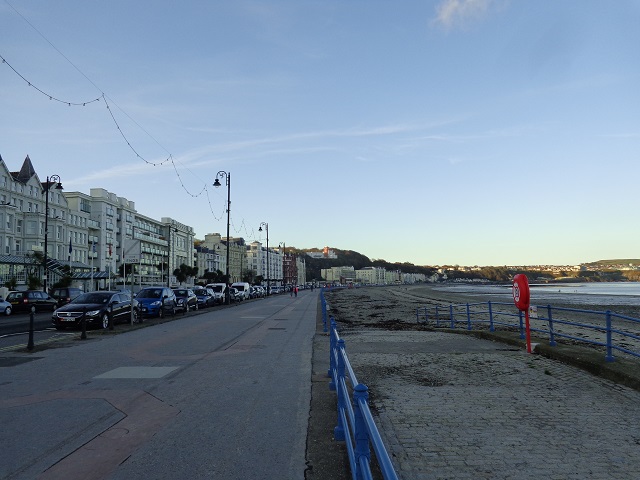
1. On the Isle of Man, you can travel like a Victorian
It’s not just us, and the many people who still come here for their annual holidays. The Victorians loved it too, and many affluent merchants from England had holiday homes on the Isle, just like the rich people of today with their holiday homes on the coasts of France and Spain and neighbouring islands.
The Isle of Man has long been a holiday destination, and it has retained many of the aspects of Victorian travel!
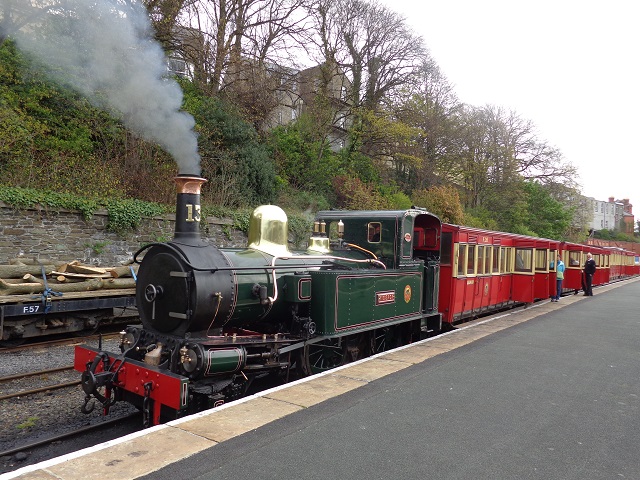
On the Isle of Man, you can travel by steam
The Isle of Man heritage railways currently maintain a Steam Railway line from Douglas to the southern ports as a form of public transport.
While majority of the people on the trains are visitors, there are plenty of local rail enthusiasts as well as people from towns that still takes the train if it is more convenient for them than catching a bus.
It is a bit of nostalgic experience you can enjoy too! The fare is integrated into the transport fare and you can use your Go Card to pay for the train (a top up card system).
The steam rail takes you from Douglas train station, to ancient Castletown, to Port St Mary to Port Erin. You travel in original wooden carriages through beautiful countryside, to the sound of the whistle and the sight of the steam. It’s fantastic.
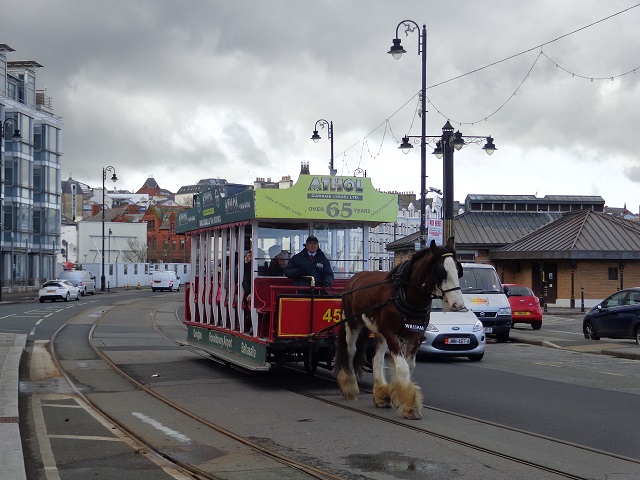
Be a real Victorian and travel on the Douglas horse tramway
This is the world’s last remaining 19th century original horse-drawn passenger tramway, stretching 2.6km from the Sea Terminal Welcome Centre to the Electric Railway station along the waterfront promenade.
Also part of the ‘public transport’ system (where you can use your Go Card) it has been carting tourists up and down the sea front since 1876!
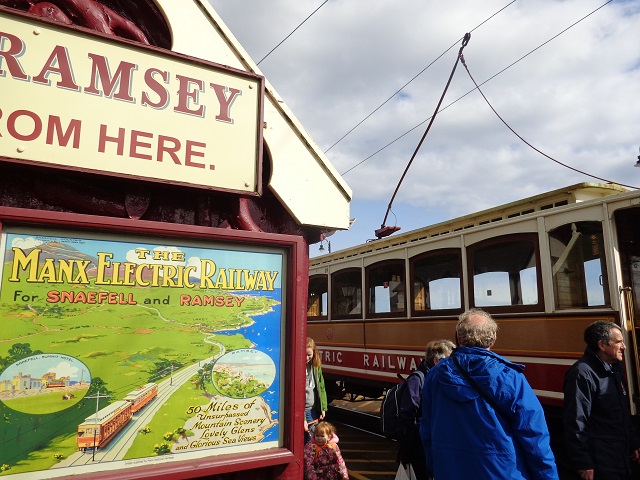
Electric Railway and Mountain Railway
Then, there’s the Isle of Man Electric and Mountain Railway. Another one of the public transport options where locals would occasionally use to get from home to town. Another legacy from the Victorians, it runs from Douglas to Laxey, where you change over to the Mountain Railway to climb to the summit of Snaelfell.
Unfortunately on the day of our visit, the summit was shrouded in mist and we couldn’t see anything :(
But the experience remains. While these Victorian forms of transport are slow (oh so sloooooow…) you really couldn’t get such heritage transport as part of public transport anywhere else! It’s quite an experience.
For those wishing to get from place to place faster, there are plenty of buses too. Just so you know!

Living a Victorian life at the Grove – Ramsey
Oh, and for even more Victorian experience – the Grove Museum of Victorian Life is an interesting stop. This is one of the old holiday houses owned by a Victorian merchant family and you can stop here for a spot of afternoon tea – just like how the Victorians would have enjoyed on their holiday!

2. Nature all around
The Isle of Man has less than a million in population, which means, more of the island without the ruin of civilisation so that there’s nature all around!
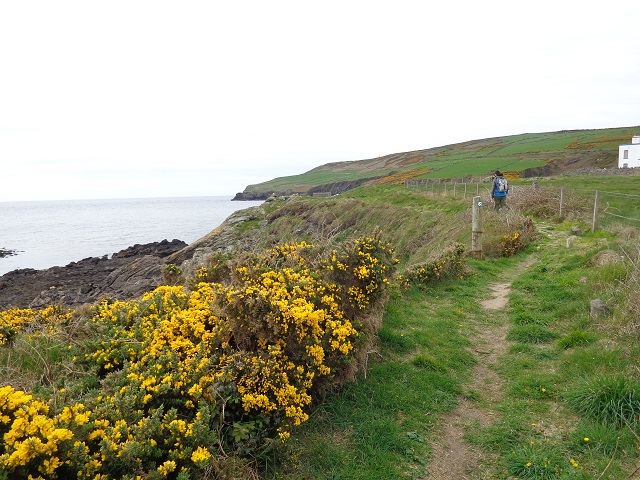
Enjoy the fantastic walking and hiking trails
The rugged coastline and serene countryside make some really good walking opportunities, and walking is one of the more popular activities on the Isle of Man, so much so that there is an annual IOM walking festival giving visitors a chance to hike the best tracks!
We did a small walk when we were there. We took the Steam Railway to Port St Mary, and followed the coastal path all the way around to Port Erin (by road on a direct route, getting from Port St Mary to Port Erin only takes 5 mins – but on foot via the coastal path, it took around 4 hours).
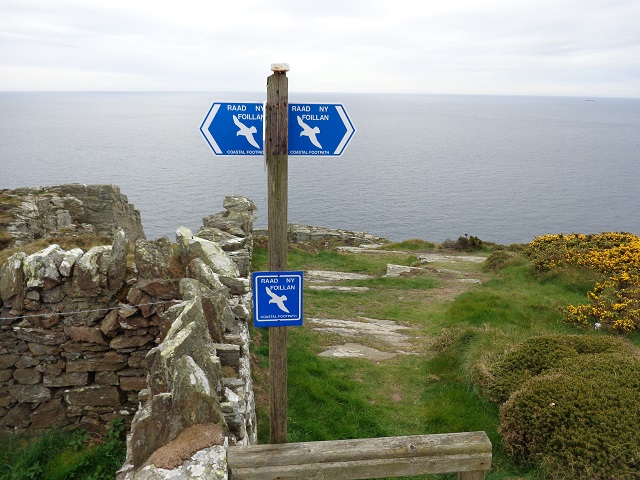
This stretch of coast is extremely varied, from flat rocky beaches to jagged cliff edges, it was a fantastic walk. There were plenty of bird life, and when we approached the mid point at The Sound, we even saw a colony of seals dancing in the waters!
You could take this 10km walk in one go without stop, but it was really hard not to just stop and admire the spectacular view. At The Sound, we also stopped for a coffee at the cafe, a good vantage point for wildlife, as well as the little island the Calf of Man, before continuing on our journey.
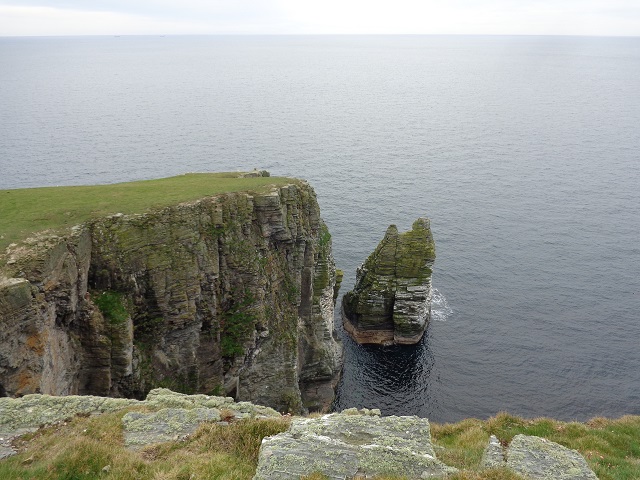
There are other shorter walks like this that can be completed in one day. Visit the Isle of Man hiking and walking website for further details.
A spot of wildlife spotting
Either you are walking or driving, there’s always places where you can do some wildlife spotting. We saw plenty of bird life in our paths, and have seen a seal or two. Basking sharks often make appearances during mid-May to mid-August as well, these look very similar to whale sharks, but much smaller – still spectacular though.
Walking is obviously the best way to enjoy wildlife spotting, but right at the top end at Point of Ayre – where you can drive to – and enjoy a good vantage point to view the wildlife. If you are lucky, both seals and basking sharks might be out for the day!

Dark skies and star gazing
There are 26 officially recognised dark sky sites (areas with heavy restrictions on light pollution) around the Isle of Man, and on a clear day, you can experience some of the best star gazing options in this region.
There are images of the Milky Way across the Calf of Man, and the Orion shining brightly above the observatory. Unfortunately during our visit we were plagued by constant rain and most of the time, clouds shielded the stars from our sights :(
Oh wells, there’s always a next time!
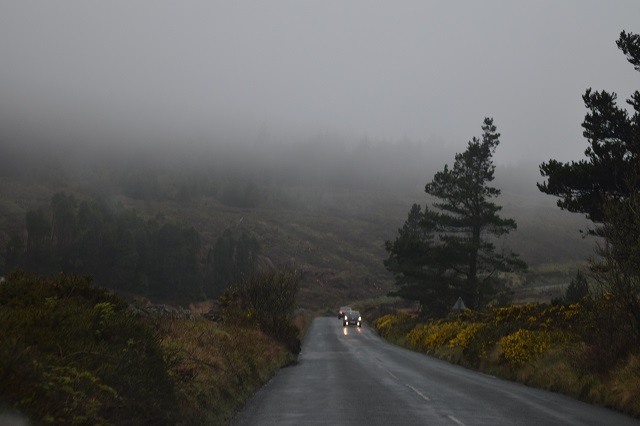
3. Heritage and history all over
Those who love a bit of history will love the Isle of Man. When you travel around the country, there are ancient villages, historical parliament grounds, castle and fortresses as well as the Victorian architecture all round.
There are a few places you should visit.
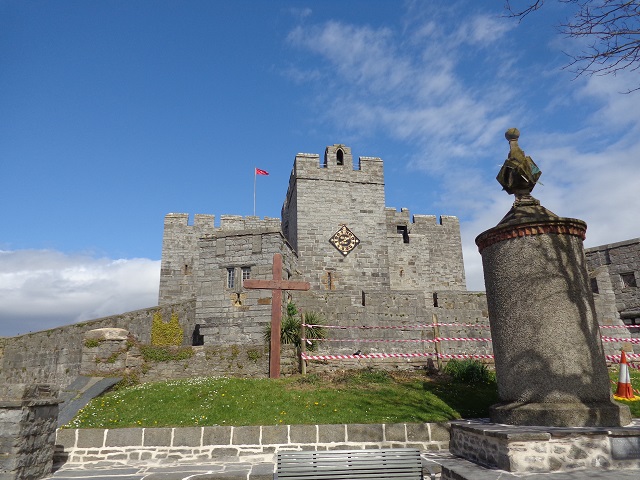
Castle Rushen in Castletown
Castletown is home to Castle Rushen, a medieval castle that has been fortified over the years and is now one of the most preserved castles from that period.
This was home to all the Kings of Man that ruled this land, and you get to learn all about how the Isle of Man became its own country, and how it got its kings. Of course, there’s plenty of fun things to do like – try to lock up your travel partner in a prisoner lock!
Viking heartland in Peel
Peel Castle is another Norse/Viking built fortress, and is also expanded over the years by various different settlers and rulers. It gives off that Game of Thrones atmosphere – wild, tough and deadly – at the same time, majestic, against the gentle backdrop of the town of Peel.
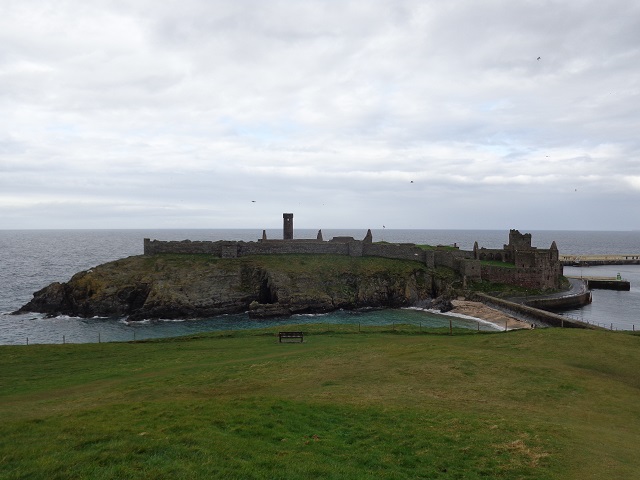
Learn the legend of Manannan
Manannan is the Sea God on the Isle of Man, who gave the island its name (Man, is short of Manannan) and the House of Manannan in Peel is an interactive museum that give you a chance to walk through life on the Isle of Man – under the guidance of Manannan!
There are a lot more under the flag of Manx Heritage – as a visitor you can get a 5 Day Heritage Go Card, which gives you access to all the museums and castles as well as unlimited travel on their public transport, including all the heritage railway options.
(PS – if you are a member of the English Heritage like us, you get free admission to all Manx Heritage sites too)
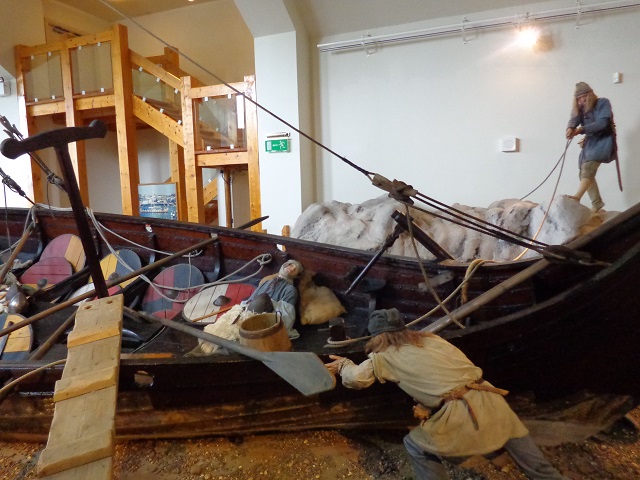
4. Love the mysteries of the Isle of Man!
This is a land filled with mysteries. On the surface, it is just another British settlement. You could easily think you were in Cornwall on the coast, or the Yorkshire Moors inland. However, there are a lot of old Celtic traditions as well as Scandinavian influences on the island, as well as some very curious animals too!
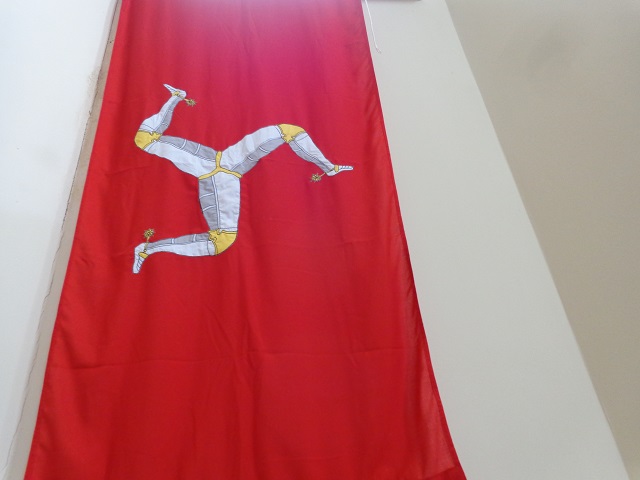
The three-legged coat of arms
The coat of arms of the Isle of Man features three armoured legs.
When I asked the castle guide at Castle Rushen why this is, he said “I don’t know! When you find out will you tell me?”
Apparently no one really knows despite there being many speculation. It is an ancient symbol that has always been used on the Isle of Man and has never changed.
I believe in fairies
There are a few places I knew that believed in fairies: Ireland and Iceland – and now, the Isle of Man too! Fairies live under a bridge called the Fairy Bridge, and when you get the bus from the airport to Douglas, you’ll notice a particular announcement:
“Hello Fairies!”
It is, apparently a Manx tradition you must greet the fairies when you cross the bridge. So…. Hello Fairies!
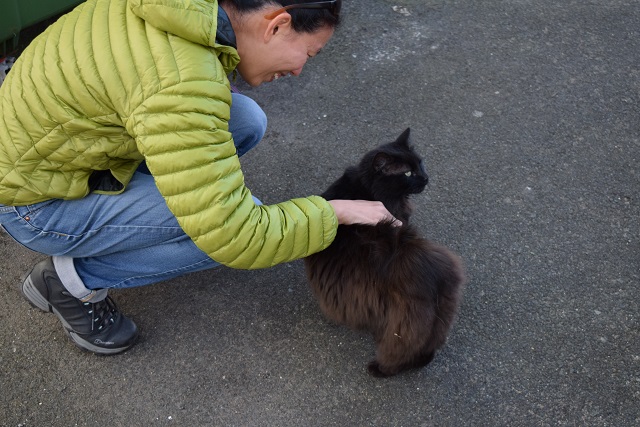
The lost tail of the Manx cat
It is believed the breed of the Manx cat began here (hence the name) – these are stocky cats either completely without tails or just has a small stub as a tail.
Folklore have a few theories about how the Manx cat lost its tail. One of which was because Noah had accidentally slammed the door on the cat’s tail on the boat and thereby cutting it off forever! Of course, we know scientifically it’s due to a mutated dominant gene….
I got to befriend one in Castletown when walking down the street. Alternatively, if you are visiting between May and September – for the ultimate Manx cat heaven visit the Manx Cat Sanctuary in Santon (the bus stops here between the Airport and Douglas).
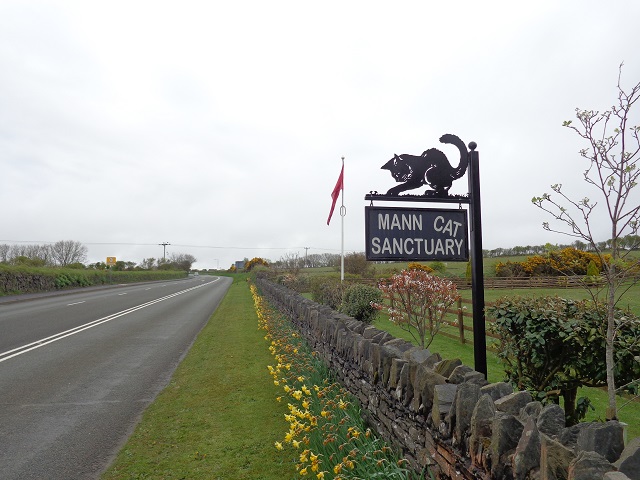
The mystery of the Four horned Devil sheep!
A native to the Isle of Man, this is the Manx Loaghtan. It is mostly four horned, making it rather menace looking! I have heard some of the sheep can get six horns too. I couldn’t want to meet one down the dark alley!
And yes, it’s a sheep, not a goat. Stop calling it a goat.
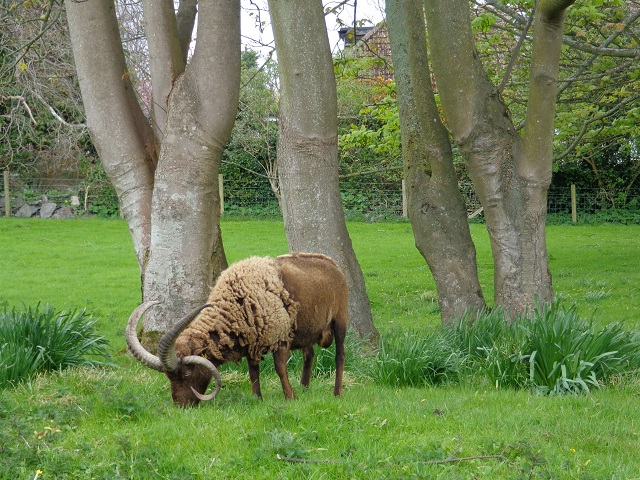
5. Isle of Man TT
I leave this one to the last even though the Isle of Man is actually more famous for it than anything else, just because it’s not really my cup of tea – but it might be yours!
The Isle of Man TT is one of the most prestigious motorcycle races in the world, and has been running since 1907.
The track follows a major road normally used by cars to get around the island, and for 2 weeks a year, is closed off to the race that attracts thousands to the island.
Accommodation often cost double during the TT event and book out fast so, if you are a motor racing fan, book ahead!
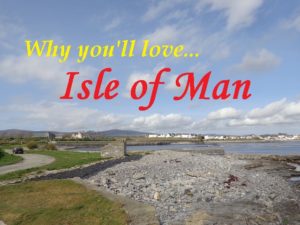
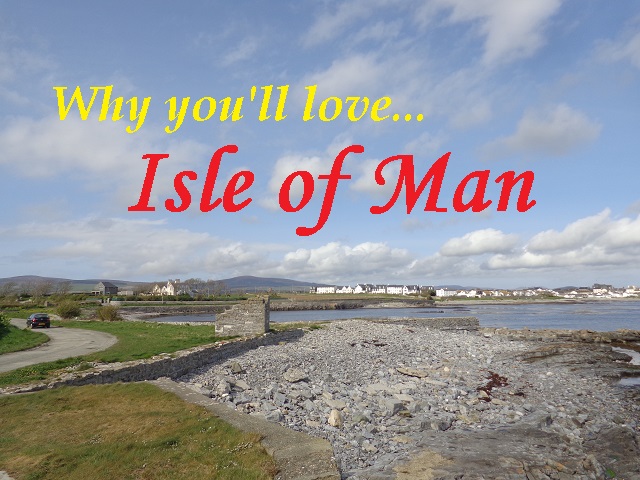
 Book review: Tragic Shores by Thomas H. Cook
Book review: Tragic Shores by Thomas H. Cook
Share your thoughts below!